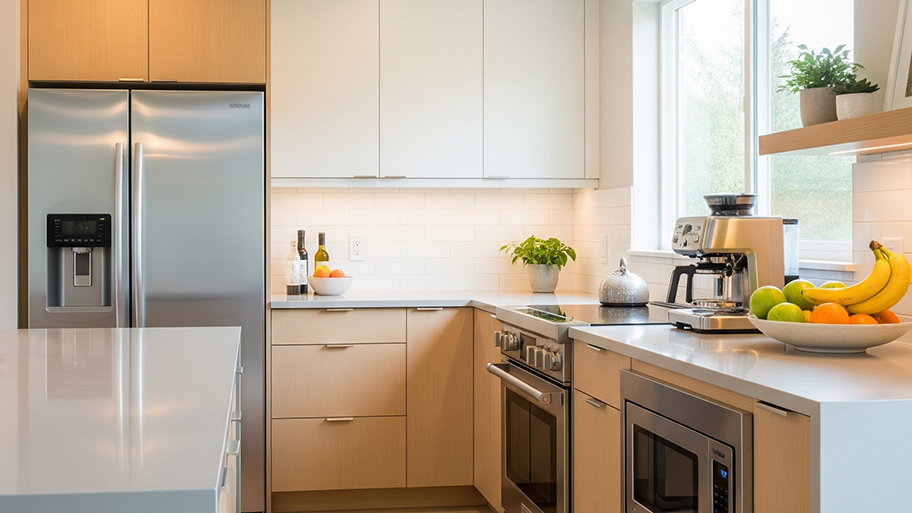
Get matched with top gas log pros in Miller, SD
Enter your zip and get matched with up to 5 pros
Need a pro for your gas log service project in Miller, SD?
Find Gas log pros in Miller
No results for Gas log pro in
Try adjusting your search criteria.The homeowners guide to home care is here
From average costs to expert advice, get all the answers you need to get your job done.

We’ll cover the cost of replacing a shower or bathtub drain, whether you can tackle this repair yourself, and what other projects to consider along the way.

Wondering how much it costs to reroute plumbing? We have the information you need to learn about plumbing vent pipes and cost considerations when installing them.

The cost to install a water line for refrigerators typically falls between $75 and $130 depending on the materials, labor, and equipment. Read on to learn more.

Pressure-assist toilets use pressurized air and water to whisk waste away, but you might think twice about purchasing one due to pressure-assist toilet problems.

There are a few plumbing terms that everyone needs to know. Using this informative guide, you’ll learn plumbing terms like flapper and shut-off valve to help you tackle both emergencies and everyday annoyances.

We’ll show you how to keep pipes from freezing in the winter and how to thaw yours before they burst.